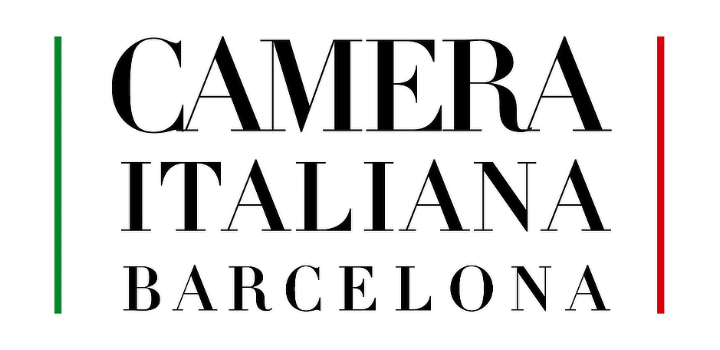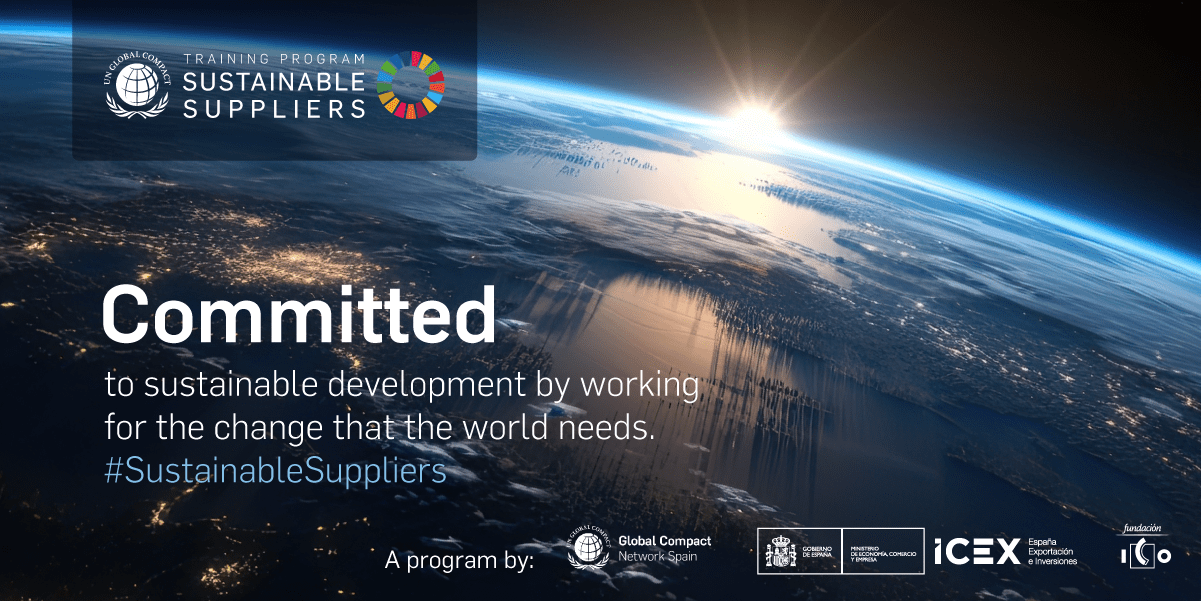Sign language is a form of non-verbal communication that uses gestures, signs and facial expressions to express thoughts and feelings. It has been developed and used by deaf and deafblind communities around the world as a primary means of communication. Despite its increasing presence, there is still much room for improvement in its implementation in different situations, thus ensuring equal opportunities and inclusion of the deaf and deafblind community.
How many Sign Languages are there? Something interesting you didn’t know
However, it remains largely unknown. There is no single sign language. Each country has its own sign language, with its own grammatical rules and sign system. However, there are some that have managed to become an international reference, such as American Sign Language (ASL) and British Sign Language (BSL). At BBLTRANSLATIONS we specialise in American Sign Language (ASL), British Sign Language (BSL), International Sign Language (ISL), Spanish Sign Language (SL) and Catalan Sign Language (CLIL).
Equal opportunities and inclusion using Sign Language
Although sign language is a very effective form of communication, it is often ignored by society at large. Many deaf and deafblind people have faced discrimination and difficulties in accessing education and employment due to a lack of knowledge and understanding of sign language.
Fortunately, in recent years there has been a greater effort to promote inclusion and understanding. In some countries, laws have been implemented that guarantee the right of deaf and deafblind people to use sign language and to have access to sign language interpreters in different contexts. In addition, more and more programmes and resources are available to teach sign language to those who want to learn it.
In summary, sign language is a vibrant and complex language that plays an important role in the lives of many deaf and deafblind people around the world. Although there is still much work to be done to ensure equality and inclusion for deaf and deafblind people, there is a growing awareness and understanding of it and its value in terms of equal opportunities.
Sign Language at International Conferences
In recent years there has been an increased effort to include deaf and deafblind people in international conferences. Sign language interpreting at international conferences can be a challenge due to the diversity of sign languages that exist in different countries. It is therefore important to have highly trained and experienced interpreters who can work accurately and fluently between different sign languages.
In addition to providing sign language interpretation in real time, it is essential to take into account other needs of this group, using other media such as subtitles and on-screen transcriptions. This allows these people to follow the progress of the event and participate more effectively.
The inclusion of sign language at international congresses and other similar events is essential to ensure that deaf and deafblind people have full access and can participate equally. By recruiting trained sign language interpreters and adapting formats, it is possible to make these events more inclusive and accessible to all.
Mobile World Congress and Sign Language: How an inclusive event could be achieved
The Mobile World Congress is one of the most important technology events in the world and attracts thousands of people from all over the world.
There are several ways in which sign language interpretation can be provided at the Mobile World Congress. One option is to hire professional sign language interpreters. Captioning and on-screen transcripts can also be provided so that deaf and deafblind people can follow the progress of the event.
Another option is to use sign language interpreting technology such as mobile apps or handheld devices as they can provide sign language interpreting more quickly and efficiently and be useful in situations where sign language interpreters are not available.
In short, providing sign language interpretation at the Mobile World Congress is essential to ensure that deaf and deafblind people can participate equally. By hiring trained sign language interpreters and considering other technological options, it is possible to make the event more inclusive and accessible to all.
Image by comunidadesurda on Pixabay





